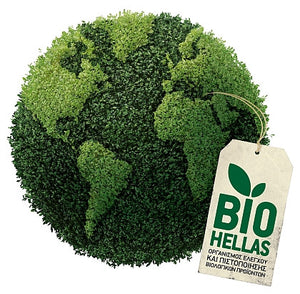Defining extra virgin olive oil

According to Tom Mueller, author of Extra Virginity: The Sublime and Scandalous World of Olive Oil, “The highest quality grade of olive oil, which according to standards established by the IOC, the EU, and other governing bodies, must meet a series of chemical requirements (free fatty acidity of 0.8 percent or lower, peroxides at less than 20 milliequivalents per kilogram, etc.), and be able to pass a panel test which demonstrates both that it possesses some detectable level of olive fruitiness, and that is free of taste flaws.”
 Flaws are “official off-flavors (and odors) in olive oil that are listed in olive oil legislation and quality protocols, and that, if present, help to determine the quality grade of the oil. They indicate the poor quality of an oil, often caused by an unhealthy or overripe fruit, flawed milling techniques, faulty storage, or other errors in the oil-making chain. The sixteen official taste flaws listed by the IOC in EU law are: Fusty (atrojado), mustiness/humidity, muddy sediment, winey/vinegary, metallic, rancid, heated or burnt, hay/wood, rough, greasy, vegetable water, brine, esparto, earthy, grubby, and cucumber.
Flaws are “official off-flavors (and odors) in olive oil that are listed in olive oil legislation and quality protocols, and that, if present, help to determine the quality grade of the oil. They indicate the poor quality of an oil, often caused by an unhealthy or overripe fruit, flawed milling techniques, faulty storage, or other errors in the oil-making chain. The sixteen official taste flaws listed by the IOC in EU law are: Fusty (atrojado), mustiness/humidity, muddy sediment, winey/vinegary, metallic, rancid, heated or burnt, hay/wood, rough, greasy, vegetable water, brine, esparto, earthy, grubby, and cucumber.
- oliver oil






